Whether it's for long-term storage, sweet treats, or prep for a long hike, drying foods is a great way of not just preserving food by extending its shelf life, but also reducing their size and weight for efficient storage or carrying.
There are multiple techniques for drying and dehydrating foods. Some require special equipment, while others require more time and patience.
Sun Drying
Sun drying is an easy and natural way to dry certain foods. Very little equipment is needed — just plenty of sunshine and some time. Sun drying will take longer than using a dehydrator or oven, and it is important to be aware of elemental factors, such as pests or insects. Also be aware that without the constant, forced-air circulation of a fan (such as those used in room drying or in a dehydrator), foods drying in the sun can spoil if they are not properly tended.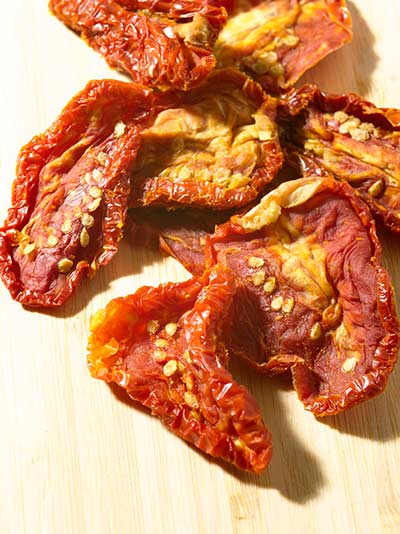
Keep food in direct sunlight for the first few days — once food is partially dried, it can be in partial shade (alternatively, foods can be finished in a warm room). Bring the food in at night, and return it to the sun first thing in the morning. Depending on the moisture content and size, food may take anywhere from 1 to 5 days to dry.
Foods recommended for sun drying are:
- Apples
- Coconut
- Lentils
- Plums
- Apricots
- Currants
- Nectarines
- Peas
- Cherries
- Dates
- Peaches
- Shell Beans
- Chile Peppers
- Figs
- Pears
- Soybeans
- Citrus Peels
- Grapes
- Peas
Warm Room Drying
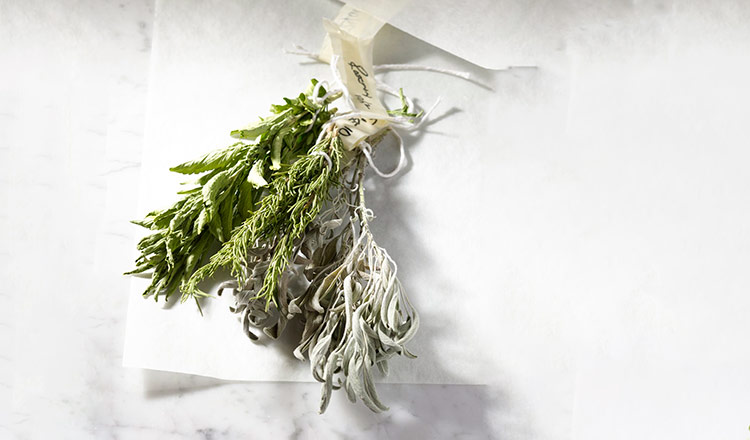 A technique often used for drying flowers, drying in a warm room can also be used for drying various foods, especially herbs and nuts. Other, partially dried foods can be finished in a warm room. Only use this technique in an environment low in humidity, and keep the temperature around 80°F during the entire drying process. Keep a fan near the food for constant, even air circulation. Place food on drying trays or hung in ventilated paper bags. Like sun drying, this technique can take some time — depending on the food being dried, up to 3 days.
A technique often used for drying flowers, drying in a warm room can also be used for drying various foods, especially herbs and nuts. Other, partially dried foods can be finished in a warm room. Only use this technique in an environment low in humidity, and keep the temperature around 80°F during the entire drying process. Keep a fan near the food for constant, even air circulation. Place food on drying trays or hung in ventilated paper bags. Like sun drying, this technique can take some time — depending on the food being dried, up to 3 days.
Oven Drying
Oven drying can produce an array of products, from partially dried and chewy foods to completely dehydrated, crisp foods. Some foods do not respond well to oven drying. Fruits with thick skins have trouble evaporating moisture quickly enough — their skins act like a barrier. 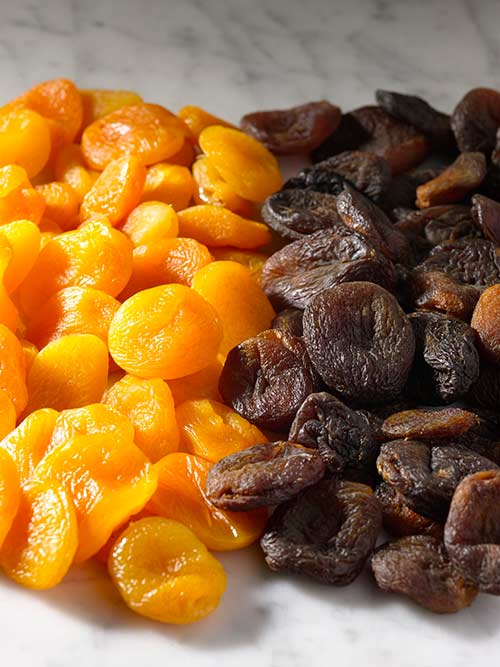 Also, foods with extremely high moisture content, like watermelon, will never get fully dry. Recommended temperatures for most oven-drying recipes are between 100° and 130°F, though some recipes may suggest higher temperatures during early stages of drying.
Also, foods with extremely high moisture content, like watermelon, will never get fully dry. Recommended temperatures for most oven-drying recipes are between 100° and 130°F, though some recipes may suggest higher temperatures during early stages of drying.
Equipment
A good oven thermometer in excellent working order is essential for oven drying. Don’t trust the knob on your oven — it is not exact. Check the oven’s temperature regularly using an oven thermometer, especially if it is gas (which will cause the temperature to fluctuate more rapidly). A standard drying tray works beautifully; just make sure it’s made of materials that will handle the oven’s more intense heat (screen, wood, and stainless steel are all excellent choices). You may also use your oven racks (or buy extra oven racks) — just wrap them tightly with screen and/or cheesecloth. Leave 2 to 4 inches between each tray to encourage air circulation. Convection ovens are excellent, because they circulate air throughout the oven, but they are not absolutely necessary. For non-convection ovens, prop the oven door open 2 to 3 inches to allow air to circulate and moisture to escape from the oven.
Drying with a Dehydrator
For larger quantities, you may want to consider investing in a dehydrator, which will make quick work of any recipe. Dehydrators are fast and efficient, and most models are relatively inexpensive. They also take certain elemental factors that can be a concern with other techniques out of the equation, like bad weather, humidity, and pests. Look for a dehydrator with excellent air circulation, decent capacity, and a versatile thermostat (you want the ability to go anywhere between 80° and 160°F) that is easily adjusted.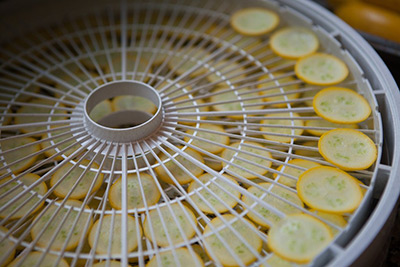
Each dehydrator will have different requirements and instructions for use, so read your manual carefully before attempting any recipes. Remember that temperature is key with dehydrators, since they have the ability to work faster and more efficiently than other drying methods. Here’s a basic guideline:
Higher Temperatures (120° to 160°F)
- Meat
- Fish
- Early drying stages of fruits and vegetables
Lower Temperatures (80° to 120°F)
- Nuts
- Herbs
- Later drying stages of fruits and vegetables
How to Dry and Dehydrate Safely
There are several safety concerns to be aware of when drying and dehydrating:
- Contamination: Be careful to protect food from pests, dusts, animals, chemicals, and other foods that may lead to cross contamination. This is especially important when sun drying or room drying, where the food is more exposed to such elements.
- Temperature Danger Zone: Most drying recipes keep food between 80° and 160°F for an extended period, which keeps food right in the middle of the temperature danger zone. If food stays in this zone for longer than 4 hours, the chances of it becoming contaminated by bacteria are extremely high. Monitor food closely and follow safety instructions. Large food items that may take longer to dry should be cut into smaller pieces so that they can dehydrate more rapidly. Products like meat and fish can be heated in an oven before the dehydrating process begins to shorten drying time and prevent the growth of bacteria or other pathogens. Focus on proper air circulation, which will reduce drying time as well as the chances for contamination.
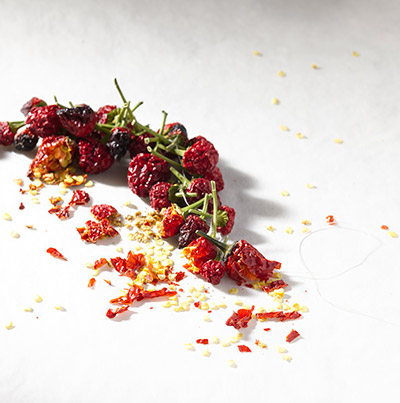
- Spoilage: Many dried foods do not have a long shelf life. Follow storage instructions carefully and keep an eye out for signs of spoilage or rancidity.
Making Your Own Drying Racks
Commercially made drying racks (such as those found in dehydrators) are perfect for any type of drying. You can buy extra racks for these purposes or source them from old, broken, or used dehydrators. However, many people elect to build their own drying racks, which is simple and inexpensive.
Use wood slats for stability, and then cover with food-safe plastic or stainless-steel screening. The mesh of this screen should be very fine, so that small foods cannot fall through. Other common screening materials (copper and aluminum, for example) should not be used, because they promote oxidization and can otherwise discolor and contaminate the food.

